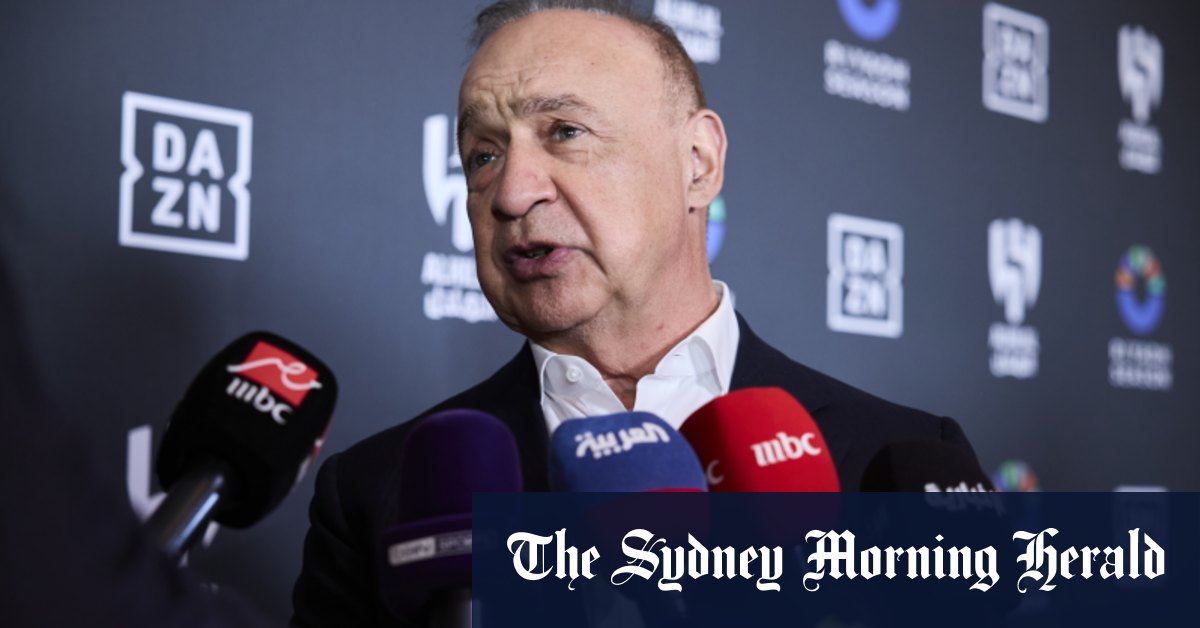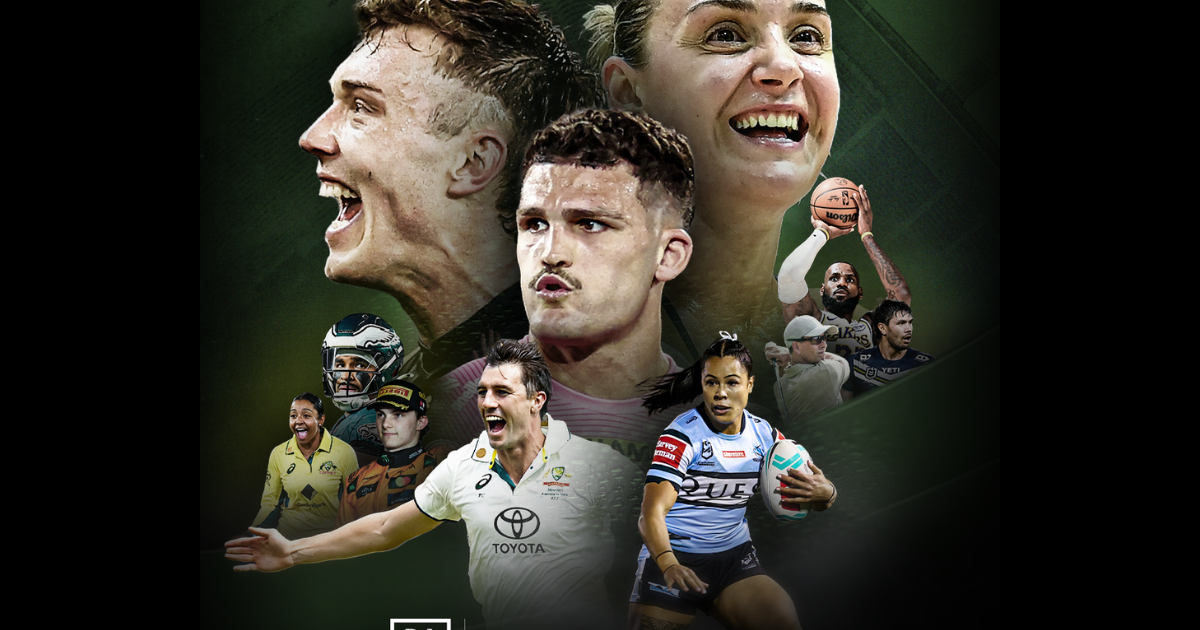Can Australia re-establish itself as a Paralympic powerhouse?

- by Admin
- October 23, 2024
In sporting terms, Australians often envision their country as an over-achiever. A plucky underdog, punching above its weight against superpowers who really ought to be picking on someone their own size.
And at this year’s Paralympics, our athletes were indeed reading from that hymnbook. Out of the top 10 medalling nations, only the Netherlands had a smaller population than Australia.
But with 18 golds and a ninth-placed finish, it was Australia’s fewest gold medals since 1980 and lowest table position since 1988.
This wasn’t out of the blue. After topping the tally at Sydney 2000, the green and gold has slowly slid down the Paralympic pecking order.
Investment and interest in disability sport is up around the world, and Australia now has ground to make up on nations that once looked to it as a Para sport benchmark.
James Turner won gold in both the 100m T36 and 400m T36 in Paris. (Getty Images: Ezra Shaw)
Much needed investment
In June, the federal government announced an additional $54.9 million for high-performance Paralympic sport over the next two years, doubling the pre-existing funding.
Paralympics Australia president Alison Creaugh says it will bring Australia’s investment in Para sport more in line with some of its closest rivals, including Great Britain, who has never fallen lower than second on the medal tally since its wildly successful home Games in 2012.
Tim Matthews, three-time Paralympic gold medallist and now senior performance and talent adviser at Paralympics Australia, says that the fresh funding gives Australia the opportunity to build towards a similar watershed moment at Brisbane 2032.
Tim Matthews competing at the Sydney 2000 Paralympics. (Supplied: Paralympics Australia)
“The critical gap for me has been the limited high-performance investment that’s been identified as compared to our international counterparts,” Matthews said.
“So now that’s been addressed, we need to ensure that the breadth of the pathway [towards elite level Para sport], is more connected.”
Dane Cross is the chief operating officer of Queensland-based grassroots disability sports organisation Sporting Wheelies.
His organisation, as well as others like it, will be key in further establishing and maintaining that pathway.
Across Australia, only one in four people with disability participate in sporting activities each week, while three in four report a desire to.
“The gap that we’re highlighting is the actual involvement in grassroots, weekly, day to day, social sport,” Cross said.
“Those opportunities are where Paralympians are born. That’s the skill development stage, that’s where you learn to love the game you play.”
While he says that the recent funding announcement does well in targeting high-performance pathways, he believes that it has the potential to have little impact on Para athletes at the beginning of their sporting journey.
“If the investment gets eaten up in the high-performance space, which it probably could and possibly should, there needs to be a separate investment into grassroots,” Cross said.
Studies continue to show the positive impact that participation in sport has on the lives of people with disability.
Similarly to non-disabled individuals, regular participation in sport can lead to improvements in mental and physical wellbeing, community and social engagement as well as self-confidence and self-efficacy.
Lauren Parker became Australia’s first dual-sport gold medallist at the same Games since 1976 with her triathlon and cycling road race triumphs in Paris. (Getty Images: Michael Steele)
Multi-medallists and talent identification
Matthews says that the increase in high performance funding will allow wider reaching and more precise talent identification – something some smaller countries, such as the Netherlands, have excelled at in recent years.
With a population of just a little over 18 million, 27 gold medals were good enough for a fourth-placed finish for the Dutch in Paris.
This was an improvement on their 25 golds from Tokyo and 17 from Rio.
Interestingly, their 2024 success was achieved with a relatively small team of 84 athletes. In comparison, Australia’s 18 Paris golds were spread across 159 competitors.
The Netherlands, as well as other high-performing nations with smaller teams, had more multi-medallists than Australia.
Dutch Para cyclist Tristan Bangma, alongside his sighted pilot Peter Bos, won three gold medals at Paris 2024. (Patrick Goosen:BSR Agency/Getty Images)
In terms of individual events, only three Australian athletes won more than one gold medal: Lauren Parker, Tim Hodge and James Turner, with six golds between them.
The Netherlands, on the other hand, had six such athletes who combined for 15 golds.
This is a gap that Matthews says Paralympics Australia is focused on bridging in the coming years by a focusing on identifying athletes at “the top band within each class and each sport”.
Enhanced classification opportunities
In Para sport, identification always begins with classification.
Classification is at the heart of Para sport and is a requirement for participation at any level.
Athletes are classified by the impact their particular impairment has on their ability to partake in their chosen sport and are designated a class in which to compete.
Despite its importance to Para sport, classification has historically suffered from a lack of investment.
Within sporting governing bodies, Matthews says that looking after classification is often only “tacked on” to an individual’s role.
“It’s not necessarily been a high priority for sports, not because they necessarily didn’t want it to be, but because there hasn’t been investment available to better support classification,” Mathews said.
This means that prospective athletes have often faced long waits for classification or are unable to be classified at all.
Paralympics Australia has made clear that a large chunk of the fresh funding will be used to reform a clunky and convoluted process, allowing for prospective Para athletes to have access to classification more promptly and for increased international classification opportunities for already established national athletes.
Distance an uphill battle
Australia’s geography poses a unique challenge for Para sport.
As the third least densely populated and sixth largest country in the world, equality of sporting access for people with disability is a lot harder to achieve than in a country like the Netherlands, where it takes four hours to drive from top to bottom.
Twenty-eight per cent of Australia’s population live in either remote or regional communities, where disability rates are higher than in the cities.
Swimmer Col Pearse has trained at the dam on his family’s dairy farm in regional Victoria. (ABC News: Tyrone Dalton)
The dispersal of potential Para athletes makes the establishment of clubs and grassroots programs catering specifically to people with a disability particularly difficult.
For instance, it is impossible to create a wheelchair basketball team in a town in which only one or two potential players live.
Reaching a critical mass of players is always going to be an uphill battle for Para athletes based outside of population centres.
Matthews says a way to overcome this is for the increased integration of Para athletes into non-disabled regional academy programs, as well as the provision of equipment, competition pathways and access to classification.
Cross says as part of Sporting Wheelies preparation for Brisbane 2032, it hopes to establish Disability Sport and Recreation offices in communities across Queensland, providing “the same opportunities that those in the metro areas get”.
Initiatives such as the Future Green and Gold Paralympic Talent Search also have the potential to bring Para sport to regional and rural athletes.
The Talent Search, run by the Australian Institute of Sport in conjunction with Paralympics Australia, will attempt to identify promising Para athletes and provide them with sport specific development and pathway programs.
Promisingly, Matthews says that “30-40 per cent” of registrations for the program have come from individuals living in rural and regional areas.
An opportunity not to be missed
Eight years out from a home Paralympics, Australia has a golden opportunity to reassert itself as a Para sport powerhouse.
The recent funding pledge is a key step in the right direction and will give elite Para sport programs a much needed shot in the arm.
Although, making sure that investment reverberates at every point of the Paralympic pathway is a different matter entirely.
Striking the balance between high-performance and grassroots investment is a complicated and potentially thankless task but essential for the future of Para sport.
The Latest News
-
December 23, 2024Championship three-peat reward for ‘clinical’ Aussies | cricket.com.au
-
December 23, 2024Australian tennis star Purcell takes on voluntary provisional suspension for breaking anti-doping rules
-
December 23, 2024‘Back myself and be fearless’: Konstas lives by mantra in first hit | cricket.com.au
-
December 23, 2024Wimbledon champion accepts ban for anti-doping breach just months after winning US Open
-
December 23, 2024Australian tennis star Purcell takes voluntary suspension over anti-doping breach





